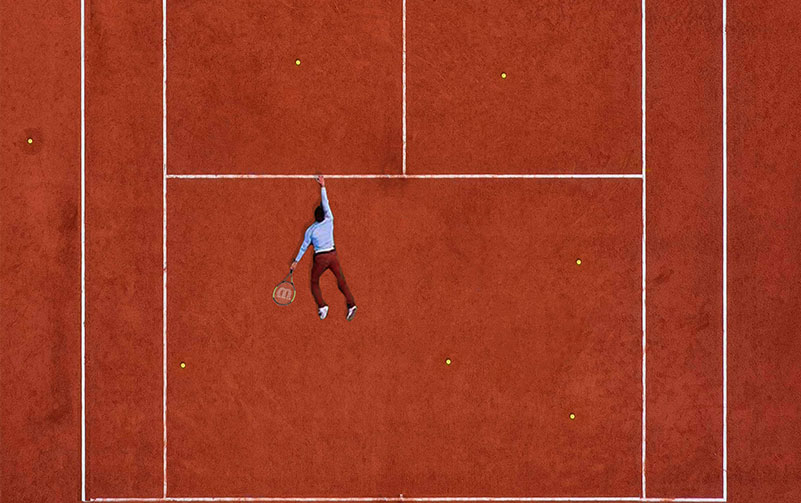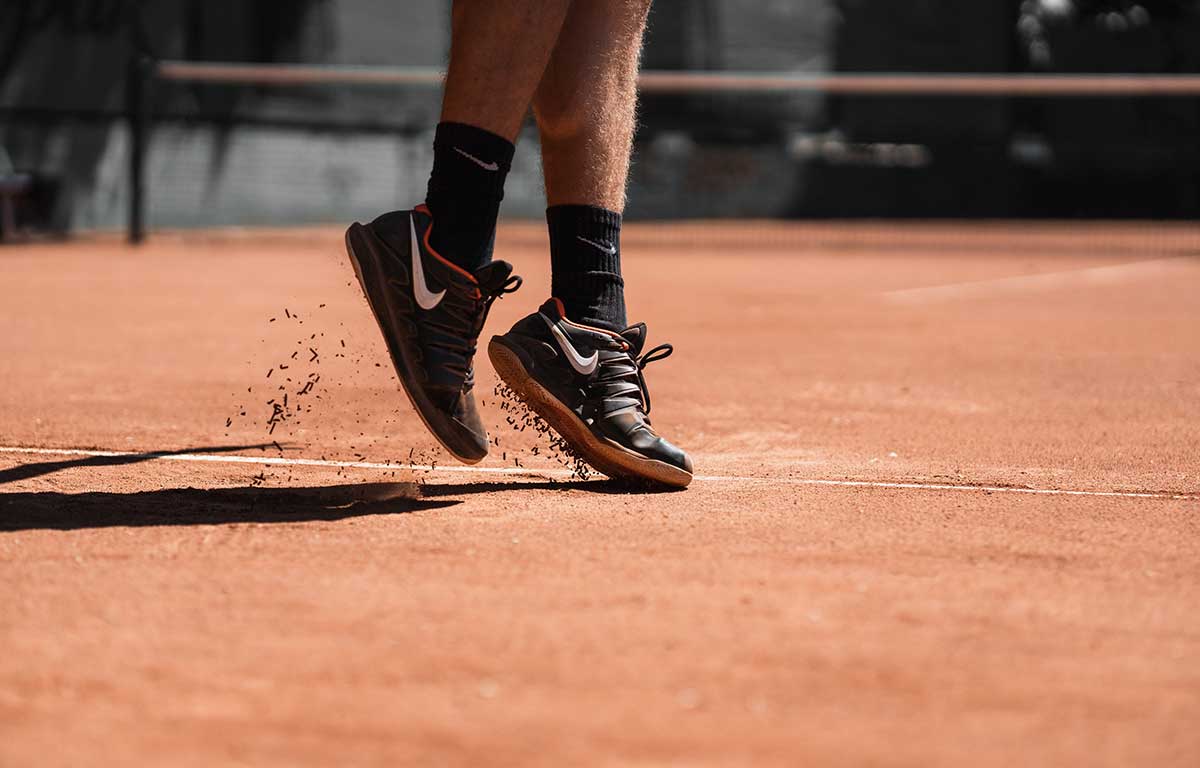5 Simple Indoor Mini Games Your Tennis Club Will Love
“Serve” something new at your next tennis club meeting. Instead of practicing drills or matches, try playing simple Tennis Mini Games.
Benefits of Tennis Mini Games
– Warm-up before a real game or practice session
– Build strength and endurance
– Teach or improve basic movements in a fun way
– Get kids excited in the sport
– Build team bonding
Hungry Crocodile
This is a good game to play with younger children who are just starting to learn how to volley. Every time they lose a shot, they “lose a limb” – or the right to use it – to the proverbial crocodile.
For the first miss, they can’t use their dominant hand. For the second miss, they can’t use one leg and have to catch the ball while kneeling.
However, if they successfully receive a shot, the crocodile gives back the limb and they can use their hand/leg again.
This can be a group game, with the kids lined up to see who will literally be the last one standing! It’s a fun way to break the monotony of passing the ball from one side of the court to another.
Potato Race
This is another great mini-game for kids (or kids at heart). Three players stand behind the service line. They have to run to the net, grab a ball, then run back to the service line and hit the ball over the tennis net.
To add more fun, you can put other balls and objects in a Mystery Box—ping pong balls, small stuffed toys, oranges, balloons—to add to the fun and challenge of getting a “dud”.
Serve Box Drill
This tennis mini-game is a good warmup for people who are still learning to perfect their aim. You need to give people: one who will serve, and four others who are positioned behind the service line. These four players stand in “serve boxes”: two in the front, and two in the back.
The player must now serve and return the ball in a way that it falls into one of the boxes. You can call out the Serve Box number, or say “Odd” or “Even.”
This can also help correct habits of always favoring one part of the court, or the tendency to overshoot and send a ball out of bounds. Even more advanced players can use this game to improve the power of their serve.
Target Practice
All players of all players can learn from this game. Stack tennis balls into pyramids on a table. Ask them to hit the balls.
You can increase the level of difficulty by using different colors of balls. For example, ask them to hit the blue ball, or hit the yellow balls without touching any red balls.
This tennis mini-game improves aim, control, and power. It’s also a good way to entertain players while waiting for their turn to use the tennis court.
Go figure
This tennis mini-game helps players improve how they control the ball, place their shots, and their footwork.
You need two players. One of them is only allowed to hit the ball down the line, while the other is only allowed to hit it to the crosscourt.
They’ll be running around often, which improves endurance while forcing them to stay focused. So they are able to practice both types of shots, the players will switch roles for the second set.
Shrink the Court
Even more advanced players have difficulty slicing or chipping the ball. This mini-game can help them master this important skill.
The rule is simple: any ball that falls outside the service line is considered to be “out.” They have to work with a smaller court, which will challenge them to use wide angles and short chips.
This is also a good way to prepare them for competitions since those types of shots have helped win many a match.
Dribble + Obstacle Cours
New tennis players have to learn hand-eye coordination, concentration, footwork, and control of the ball.
You can teach this through dribbling: bouncing the tennis ball down to the ground with their racket, much as they would do with a basketball.
While this is often done during the first few lessons, you can turn this into a mini-game with increased levels of difficulty (and fun).
Instead of just staying in place, they have to dribble while walking around the tennis court, or even through an obstacle course. You can also ask them to dribble with their non-dominant hand or pass the ball to another player in an Obstacle Course/Relay Race.
These are just some of the fun mini-games you can play with your tennis club. You can adjust the difficulty according to the age and skill of your team members, or tweak the game to suit their specific training needs. The most important thing, however, is to have fun!


